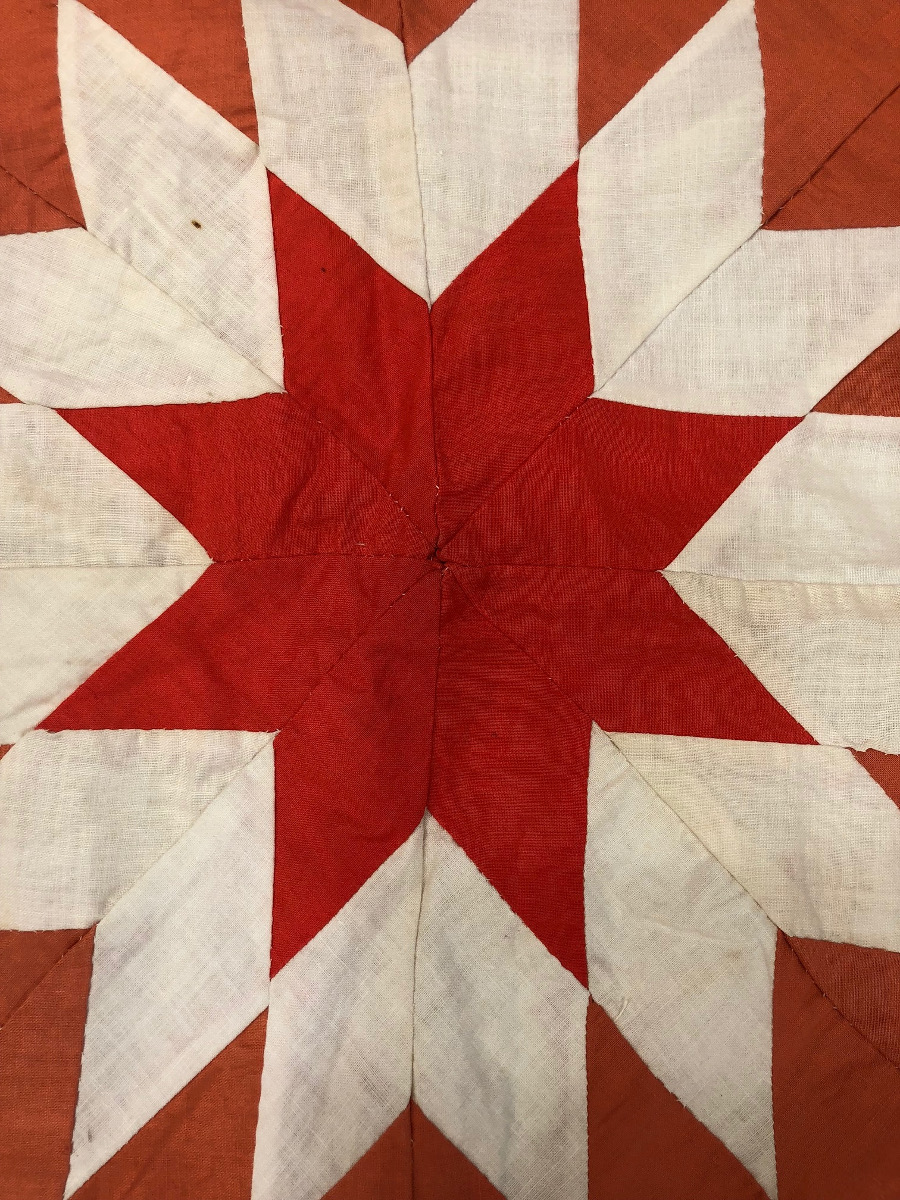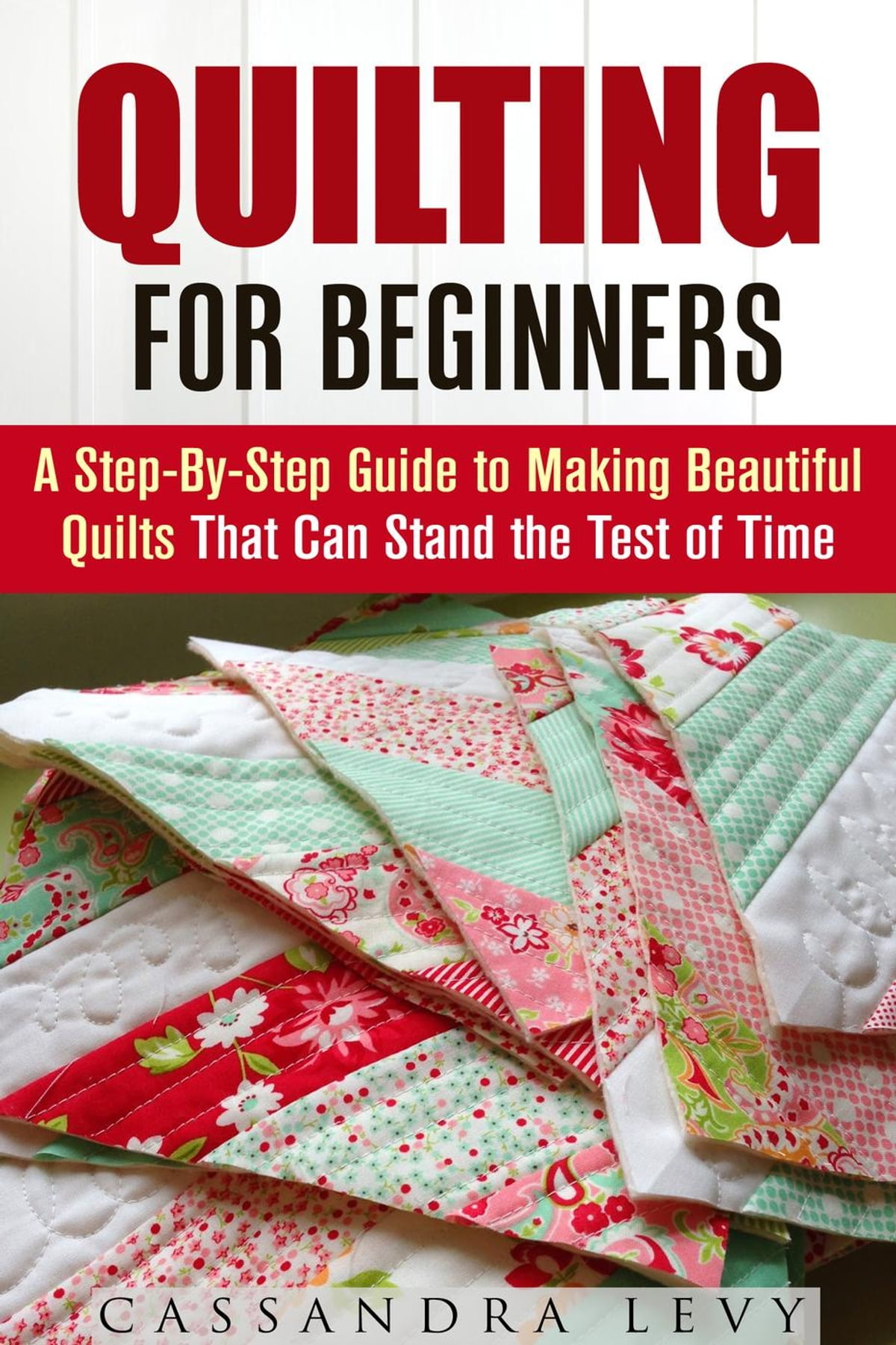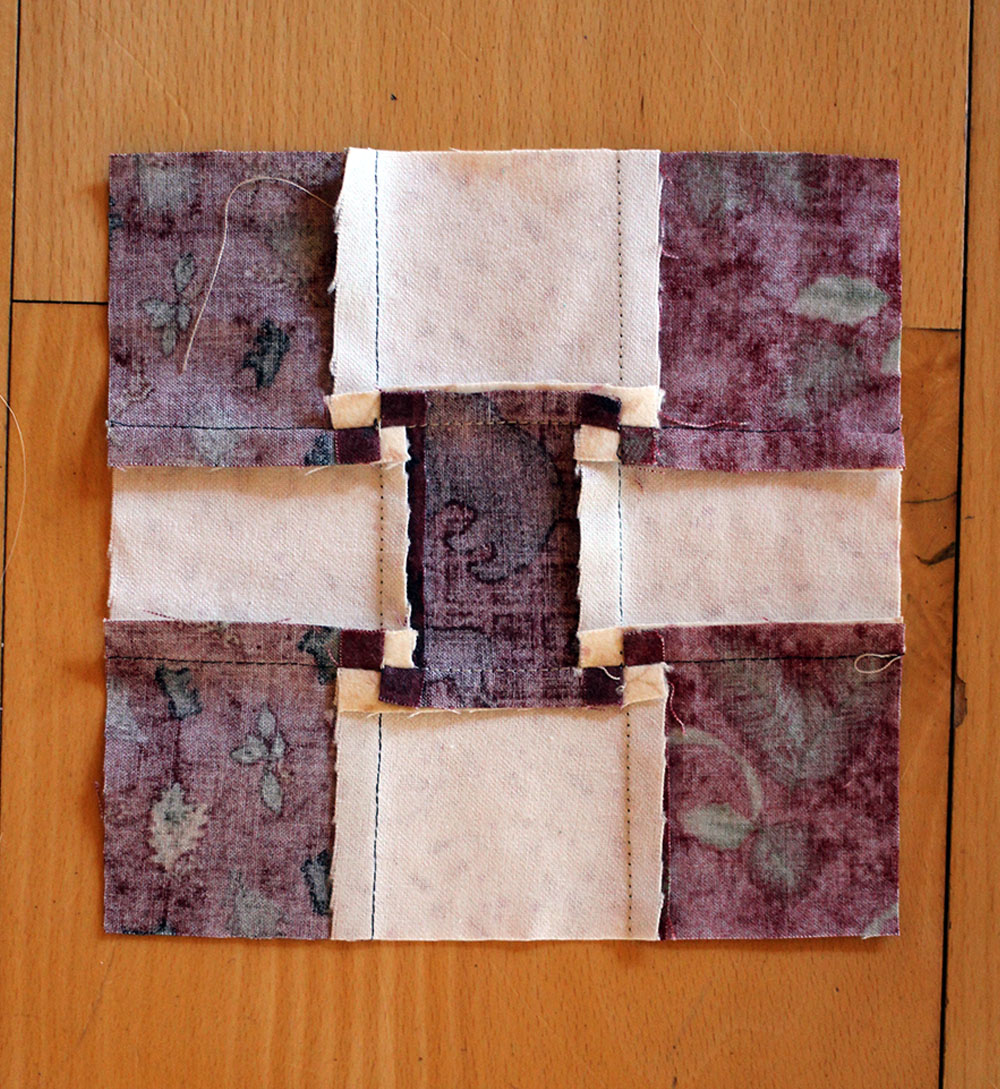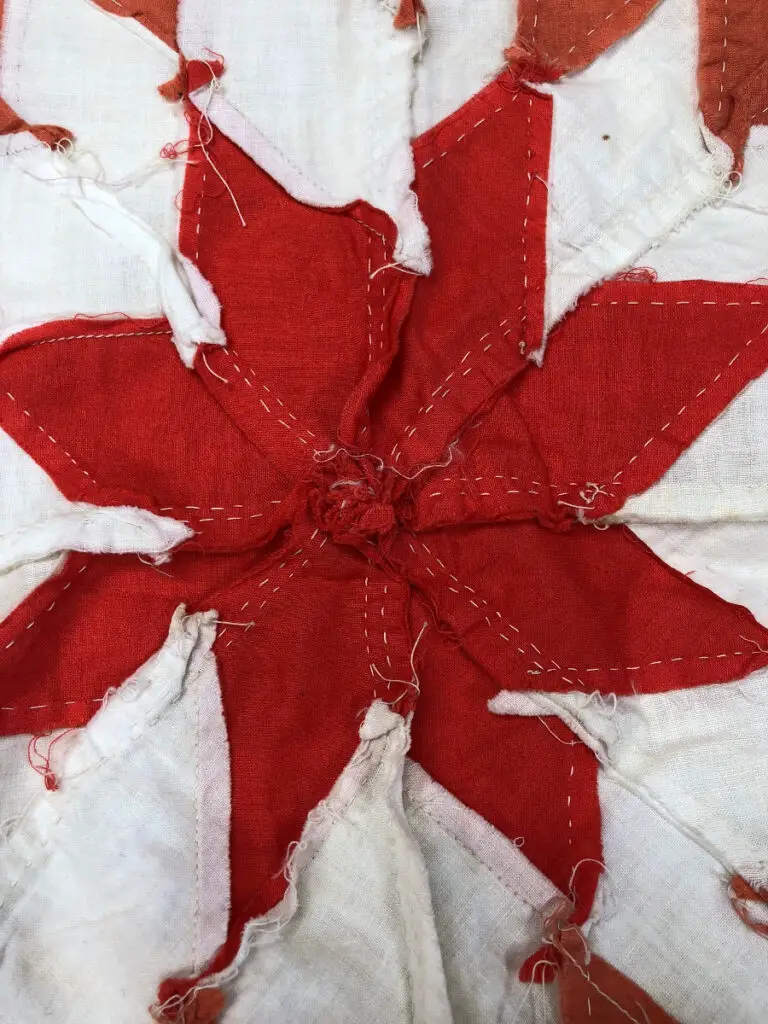Are you having trouble getting your quilt seams to lay flat? If so, you’re not alone. Many quilters struggle with this problem. Fortunately, there is an easy way to get your quilt seams to lay flat and create a beautiful quilt. In this article, we’ll provide a step-by-step guide on how to make quilt seams lay flat. Read on to learn more!
What You Need to Make Quilt Seams Lay Flat

Iron – A good-quality iron is essential for pressing seams open and flat.
Ironing Board – A sturdy, well-padded ironing board is also necessary for pressing seams open and flat.
Thread – Quality thread will help ensure strong, even stitches.
Pins – Pins are an important part of quilting and can help hold fabrics in place while stitching.
Seam Ripper – A seam ripper is necessary for fixing any mistakes and can help make sure the seam is correctly aligned.
Rotary Cutter – A rotary cutter is a great tool for cutting fabric accurately and quickly.
Quilting Ruler – A quilting ruler is essential for measuring and marking fabrics accurately.
Quilting Pins – Quilting pins have a larger head than regular pins and can be used to mark fabric and hold it in place when stitching.
Seam Guide – A seam guide is a tool used to measure and align fabric pieces, ensuring even seams when piecing a quilt.
Steam Press – A steam press is great for pressing seams open and flat, and can help make sure the seam stays flat after the quilt is finished.
These are the essential tools and supplies you will need to make sure your quilt seams lay flat. With the right tools and techniques, you can create beautiful, flat seams for any quilt.
Step-by-Step Guide

Selecting the Right Thread
Choosing the right thread is essential when making a quilt. Strong thread that is made of polyester or polyester-cotton blend is best for piecing quilt blocks and seams. Choose a thread color that blends in with the color of the fabric to create a more seamless look.
Making Your Seam Allowance
When piecing quilt blocks, it is important to ensure that the seam allowance is accurate. To do this, use a ¼ inch patchwork foot and make sure the needle is lined up with the left edge of the patchwork foot. This will help ensure that the seam allowance is accurate and the seams will lay flat.
Sewing the Seam
Once the seam allowance is set, it is time to sew the seam. Start by placing the two fabrics right sides together and pin them in place. Then, sew the seam with a ¼ inch seam allowance. Make sure to use a medium-length stitch when sewing the seam.
Pinching the Seam
Once the seam is sewn, it is important to pinch the seam to ensure that the fabrics are laying flat against each other. To do this, place the fabrics with the right sides together and then pinch the seam in the middle. This will help the fabrics to lay flat and reduce bulkiness.
Pressing the Seam
After pinching the seam, the next step is to press the seam. To do this, place the fabrics right sides together and press the seam. When pressing the seam, it is important to remember that when piecing a quilt, you should press the seams open. This will help the seams to lay flat and reduce bulkiness.
Choosing the Right Needle
When piecing a quilt, it is important to choose the right needle. The needle should be sharp and have a larger eye than a regular sewing needle. This will help ensure that the thread passes through the fabric easily and the seams will lay flat.
When to Lock the Seams
After the seams have been pressed, it is important to lock the seams to ensure that the seams stay flat. To do this, sew a few stitches at the beginning and end of the seam to lock it in place. This will help the seams to stay flat and reduce bulkiness.
When Peicing a Quilt Do You Press Seams Open?

It is important to press open the seams when piecing a quilt in order to ensure that the quilt squares lay flat and look neat. Many quilters prefer to press their seams open when piecing, as this can help reduce bulk in the seams and can also improve accuracy when piecing.
What is Pressing Seams Open?
Pressing seams open is the process of pressing the seams of the quilt pieces in opposite directions, so that the seam allowance lays flat and is not folded over itself. This is done by pressing the seam on one side, then flipping the pieces over and pressing the seam again on the other side. This will flatten the seam and help the quilt block to lay flat.
Step-by-Step Guide to Pressing Seams Open
| Step | Description |
|---|---|
| 1 | Lay the two quilt pieces together, with the wrong sides facing each other. |
| 2 | Sew the pieces together using a ¼ inch seam allowance. |
| 3 | Press the seam flat. |
| 4 | Flip the pieces over, so that the right side is facing up. |
| 5 | Press the seam again, pressing it open. |
| 6 | Repeat this process for all of the seams in the quilt block. |
Pressing seams open is an important part of quilt piecing, as it helps ensure that the seams will lay flat and the quilt squares will look neat. By following the steps above, you can ensure that the seams in your quilt blocks lay flat and look great.
Tips for Making Quilt Squares Seams Lay Flat
- Choose the right fabric. Choose fabrics that are the same weight and have the same drape. Avoid fabrics that are too lightweight or too heavy for the overall quilt.
- Cut the fabric correctly. Use a rotary cutter and a cutting mat to get accurate, even cuts. It’s important that the pieces fit together accurately for the quilt to lay flat.
- Use pins. Pins help hold the pieces together while you’re stitching the seam. Make sure to use pins that are thin enough to not leave holes in the fabric.
- Use the correct thread. Use a thread that matches the color of the fabric. Also make sure the thread is the right weight for the fabric. A thread that’s too heavy can cause puckering.
- Choose the right stitch length. The ideal stitch length for quilt seams is 2.5 mm. A shorter stitch length may cause the seam to come undone over time.
- Press the seams. After stitching the seam, press it with an iron. Use an up and down motion, instead of sliding the iron back and forth. This will help the seam lay flat.
- Use the right batting. Choose a batting that is not too lightweight or too heavy for the quilt. A batting that is too heavy can cause the quilt to be bulky and uneven.
Frequently Asked Questions
What type of fabric is best for making quilt seams lay flat?
Cotton is the best fabric for quilting because it is strong and durable. It is also less likely to shrink or stretch when washed or ironed, making it ideal for making quilt seams lay flat. Batting should also be made of cotton as it has more body and will hold the quilt together better.
Is There Any Special Sewing Machine Foot I Should Use for Making Quilt Seams?
Quilting Foot: A quilting foot is recommended when making quilt seams. It is designed with a wide opening at the front, allowing for easy visibility when it comes to maneuvering the fabric around corners and curves. It also has a low profile, making it easier to sew close to the fabric edge.
Edge Joining Foot: An edge joining foot is another great choice for making quilt seams. This foot is designed with a wide opening for better visibility, and it also has a slotted arm that allows for extra control when it comes to sewing along the fabric edge.
Walking Foot: A walking foot is the ideal choice if you are using a quilt sandwich. This foot is designed with a wide opening, allowing for easy visibility when it comes to maneuvering the fabric around corners and curves. It also has a set of “teeth” that help to evenly feed the top and bottom layers of fabric through the sewing machine.
Open Toe Foot: An open toe foot is another great choice for making quilt seams. This foot is designed with an open toe, allowing for easy visibility when it comes to maneuvering the fabric around corners and curves. It also has a low profile, making it easier to sew close to the fabric edge.
Are there any techniques to help prevent quilt seams from fraying?
- Press while sewing: Pressing your seams while sewing will help to keep them flat and prevent fraying.
- Trim excess fabric: Trim excess fabric around the seam with pinking shears or a rotary cutter to reduce bulk and fraying.
- Seal edges: Seal the edges of your quilt seams with a zigzag stitch or a serger to prevent fraying.
- Use interfacing: Using interfacing on the back of the fabric can help to reduce fraying and keep the seam flat.
- Use a special stitch: Using a special stitch such as a blind hem stitch or a flat-felled seam can help to prevent fraying.
What is the Best Way to Press the Quilt Seams?
To ensure that quilt seams lay flat, the best way to press the seams is to use a hot, dry iron. Start by pressing the seam open, then press it to one side. This helps to reduce bulk in the seam and allows the fabrics to lay flat against each other. Make sure to press the seam allowances in the same direction for a consistent finish. For more delicate fabrics, use a press cloth between the iron and fabric.
How can I make sure the quilt seams match up perfectly?
- Start with the Right Sewing Machine – Make sure you have a sewing machine that is capable of creating straight, even stitches.
- Use a Seam Guide – A seam guide is a device that attaches to your sewing machine and helps keep your stitches in line and even.
- Check Your Seam Allowance – Make sure you are using the correct seam allowance for the pattern you are using. This will ensure that your seams match up perfectly.
- Press Seams in the Same Direction – Pressing your seams in the same direction can help keep them matched up and even.
- Measure and Mark – Measure and mark the fabric to ensure that you are sewing the pieces together in the right place.
- Use a Seam Ripper – If you make a mistake, don’t be afraid to use a seam ripper to take the seam out and start again.
Conclusion
Making quilt seams lay flat is an important part of the quilting process. By using the proper quilting tools and techniques, you can ensure that your quilt is sturdy and professional-looking. Now that you know how to make quilt seams lay flat, you can confidently work on quilting projects with ease.






